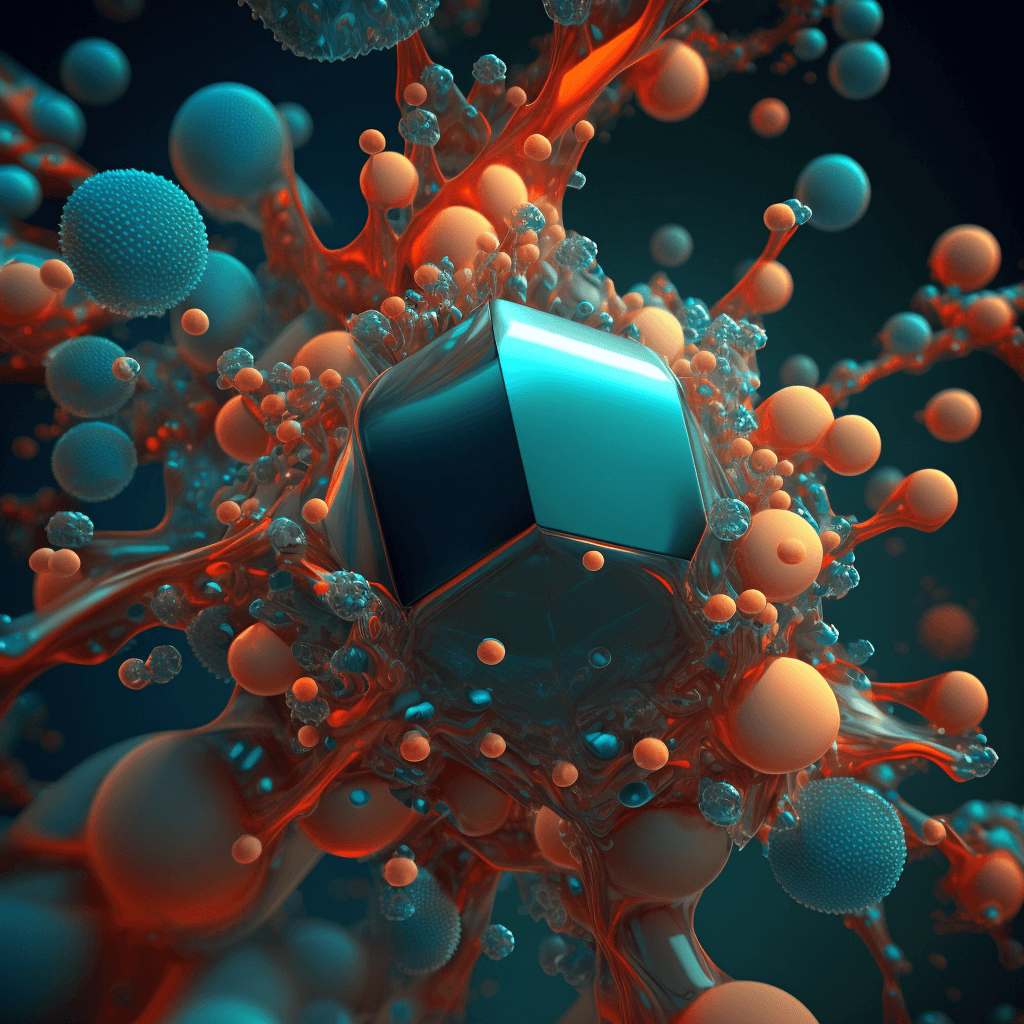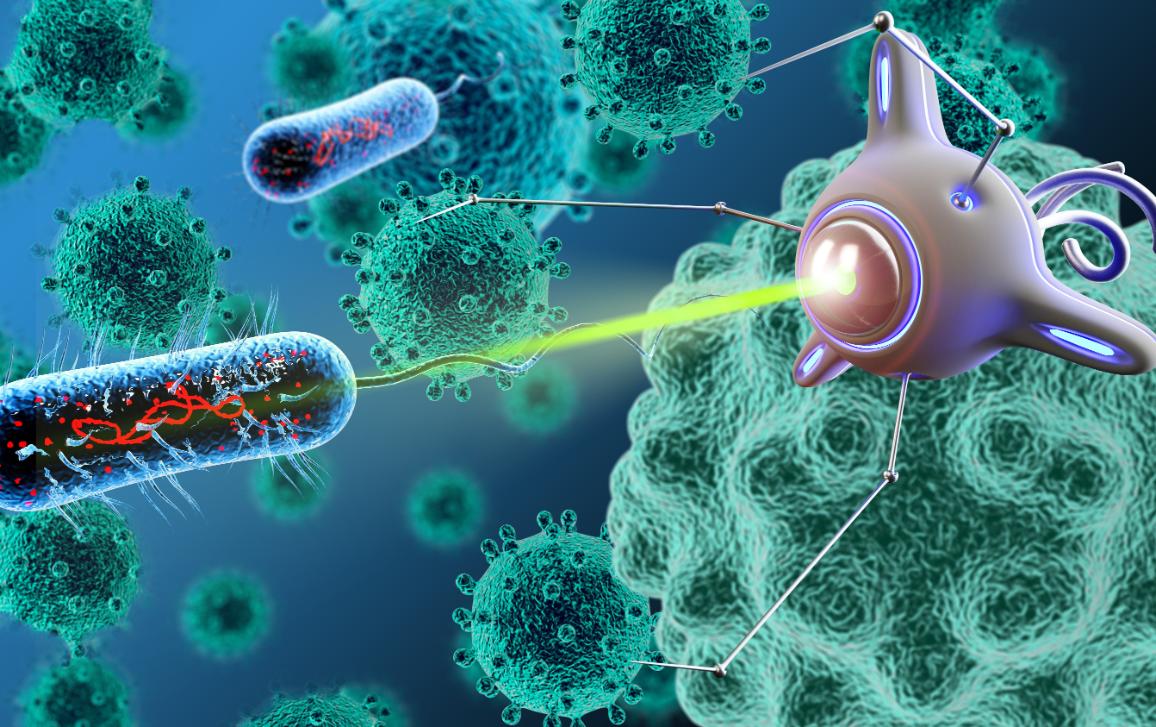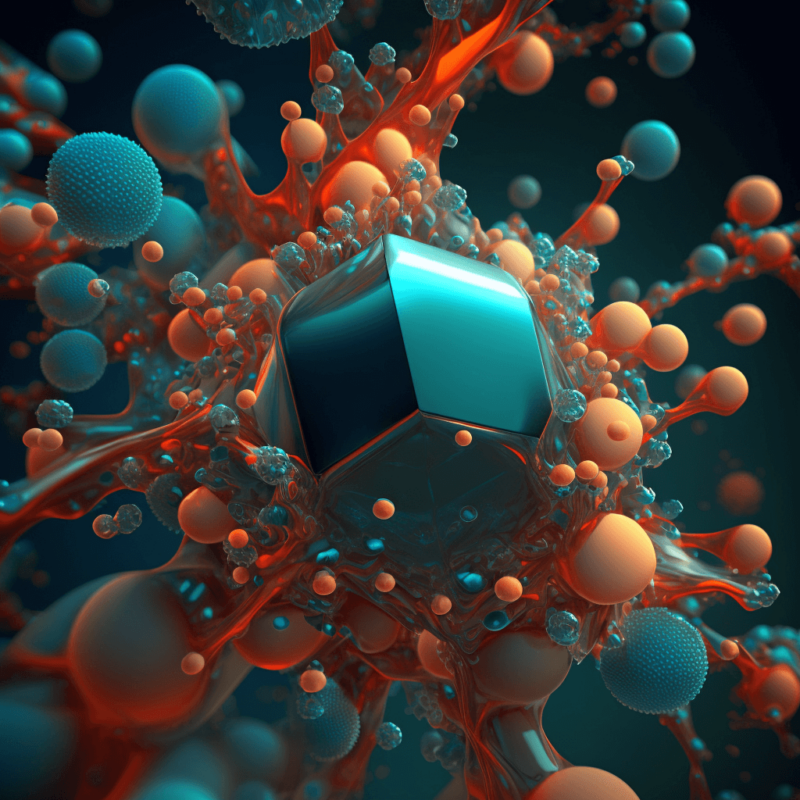Applications of Nanotechnology: Current Status and Future Directions
At GoGoNano, we are committed to staying up-to-date with the latest advancements in nanotechnology. In this article, we will explore the latest developments in the field and how they are impacting various industries. Our goal is to provide comprehensive and detailed information that will help you better understand nanotechnology and its applications.
Key Takeaways
- Nanotechnology has a wide range of applications. It’s already used across industries like medicine, electronics, energy, and the environment.
- Medicine benefits greatly from nanotechnology. It enables targeted drug delivery, improved diagnostics, and innovative medical devices.
- Nanotechnology’s future is bright. There’s potential for breakthroughs in areas like energy storage, water purification, and advanced materials development.
What is Nanotechnology?
Nanotechnology is a branch of science concerned with the study and manipulation of materials at the nanoscale level. Working with materials as tiny as 100 nanometers is required. Materials’ characteristics and behavior can differ substantially at this size from their bigger equivalents. Scientists and engineers may build novel materials and technologies with unique features and functions by designing and engineering materials and gadgets at the nanoscale.
These breakthroughs have the potential to transform a wide range of sectors, from health and electronics to energy and beyond. Nanotechnology is a fascinating and quickly expanding topic that has the potential to alter the future of technology and enhance our lives in a variety of ways. We should anticipate to see more and more inventive uses of nanotechnology in a number of sectors as scientists continue to make advances in this subject, making it a key area of research and development for the future.


Impact of Nanotechnology on Various Industries
The impact of nanotechnology on various industries is significant. Here are some examples:
Nanotechnology in healthcare: Nanotechnology is being used to develop more effective and targeted therapies for diseases, as well as advanced imaging techniques for early detection of diseases. For example, nanoparticles can be designed to target cancer cells specifically, minimizing the damage to healthy cells. In addition, nanoscale imaging techniques, such as magnetic resonance imaging (MRI) and computed tomography (CT), can detect diseases at an earlier stage, leading to better treatment outcomes.
Nanotechnology in electronics: Nanotechnology is being used to develop smaller, faster, and more powerful electronic devices, such as smartphones, computers, and wearables. The use of nanoscale materials in electronic devices has enabled the development of smaller and more efficient devices that can perform complex tasks.
Nanotechnology in Energy: Nanotechnology is being used to develop more efficient and cost-effective ways to generate and store energy, such as nanoscale batteries and solar cells. The development of nanoscale materials has enabled the creation of batteries that can store more energy and last longer. In addition, nanoscale materials can be used to increase the efficiency of solar cells, reducing the cost of generating electricity from solar energy.
Nanotechnology in environment: Nanotechnology is being used to develop innovative solutions for environmental problems, such as water purification and pollution control. Nanoparticles can be used to remove pollutants from air and water, improving the quality of life for people and wildlife. In addition, nanoscale materials can be used to develop energy-efficient and environmentally friendly products.
The Emerging Role of Nano Coatings in Various Industries
Nanotechnology has become one of the most promising emerging technologies in recent years. With the ability to manipulate materials at the nanoscale, which is typically less than 100 nanometers in size, nanotechnology offers a vast array of potential applications in various industries.
One of the most significant areas of application is the development of nano coatings. Nano coatings are thin layers of material that can be applied to surfaces to enhance their properties. These coatings can improve the durability, hardness, corrosion resistance, scratch resistance, and self-cleaning properties of surfaces.
In the automotive industry, nano coatings have been used to improve the scratch resistance and durability of paint. In the aerospace industry, nano coatings have been used to protect critical components from corrosion and wear in extreme environments. In the medical industry, nano coatings have been used to create anti-bacterial and anti-microbial surfaces, which are crucial for preventing the spread of infections.
One of the most promising applications of nano coatings is in the development of self-cleaning and anti-fogging windows. These coatings use nanotechnology to create a superhydrophobic surface that repels water, dirt, and other contaminants. As a result, the windows stay cleaner for longer periods, reducing maintenance costs and improving visibility.
However, while nanotechnology offers many potential benefits, there are also concerns about the potential risks. Researchers are actively studying these issues and developing guidelines for the safe use of nanotechnology. It is crucial to ensure that the benefits of nanotechnology are realized while minimizing any potential risks.
Final Thoughts
Nanotechnology is a rapidly evolving field with the potential to revolutionize various industries. The latest advancements in nanotechnology have demonstrated the great potential of this field in improving healthcare, electronics, energy, and the environment. The development of nanoscale materials and devices has enabled the creation of new technologies that can enhance various industries.
In conclusion, the potential of nanotechnology is vast, and its impact on various industries is significant. The latest developments in nanotechnology are showing great potential in improving healthcare, electronics, energy, and the environment. As researchers continue to explore the possibilities of this field, we can expect to see even more exciting developments in the future. The potential of nanotechnology is truly limitless, and we are only scratching the surface of what it can achieve. It is an exciting time for nanotechnology, and we look forward to seeing what the future holds for this rapidly evolving field.
FAQ: Nanotechnology Basics
What is nanotechnology?
Nanotechnology deals with the control and manipulation of matter at incredibly small scales, typically between 1 and 100 nanometers. At this size, particles exhibit unique properties different from their larger counterparts, leading to innovative applications across various fields.
How is nanotechnology used in medicine?
Nanotechnology offers revolutionary advancements in medicine. Nanoparticles can deliver drugs directly to diseased cells, improving treatment effectiveness and reducing side effects. It’s also used in faster, more sensitive diagnostics and the development of new medical devices like nanoscale implants.
Is nanotechnology safe?
The safety of nanotechnology is an active area of research. The small size of nanoparticles can make them behave differently in the body and the environment. Responsible development of nanotechnology involves comprehensive safety testing and regulations to minimize potential risks.
What are some everyday products that use nanotechnology?
Nanotechnology is surprisingly common! You might find it in sunscreens (nano-sized zinc oxide or titanium dioxide), scratch-resistant coatings on eyeglasses, stain-resistant clothing, and faster, more powerful electronics.
What is the future of nanotechnology?
The future of nanotechnology is incredibly promising. Researchers envision potential breakthroughs in sustainable energy, clean water technologies, advanced materials that are stronger yet lighter, and even more revolutionary medical treatments.

Latest articles
News
Breathe Easy (and Green!): Get Your Laundry Groove On with GoGoNano Laundry Sheets
Forget that messy measuring cup and say goodbye to detergent spills! GoGoNano sheets offer a pre-measured, single-dose solution (a 60-strip pack, equal to 30 sheets). Just toss a sheet in[...]
Read moreNews
Top 6 Myths About Microfiber Cloths Busted!
Microfiber cloths have conquered the cleaning world, lauded for their versatility, efficiency, and eco-friendliness. Yet, amidst their reign, misconceptions and myths persist, hindering their true potential. Let's dispel the most[...]
Read moreUseful
Essential Guide to Washing Microfiber Cloths & Towels
The longevity and effectiveness of microfiber cloths heavily rely on how they are washed and maintained. Incorrect washing techniques can damage the fibers, thereby reducing their efficiency and lifespan. Proper[...]
Read moreUseful
OEKO-TEX: Your Guide to Safe and Sustainable Textiles
Founded in 1992, OEKO-TEX has established itself as a beacon of innovation and integrity, setting the benchmark for textile safety and sustainability across the globe. Its comprehensive certification system, which[...]
Read moreNews
Traditional Laundry Detergents vs. Laundry Sheets: Which Cleans Better?
In the quest for clean clothes, consumers are faced with a choice: traditional laundry detergents or the newer, eco-friendly laundry detergent sheets. This guide delves into the world of laundry[...]
Read moreNews
Liquid Screen Protector vs Tempered Glass Screen Protectors
Screen protectors are an essential accessory for any mobile device, whether it's a smartphone or tablet. They help to protect the screen from scratches and cracks, which can be costly[...]
Read moreUseful
Say Goodbye to Stinky Shoes: The Power of Probiotics
Have you ever experienced the embarrassment of having smelly shoes? You're not alone! Foot odor is a common problem that can be caused by sweat, bacteria, or fungus. Fortunately, there[...]
Read moreUseful
The History of Nanotechnology: The Tiny Science That is Changing the World
Explore the history of nanotechnology, from its origins to its current applications. Learn how this tiny science is revolutionizing the world at the molecular level.
Read more